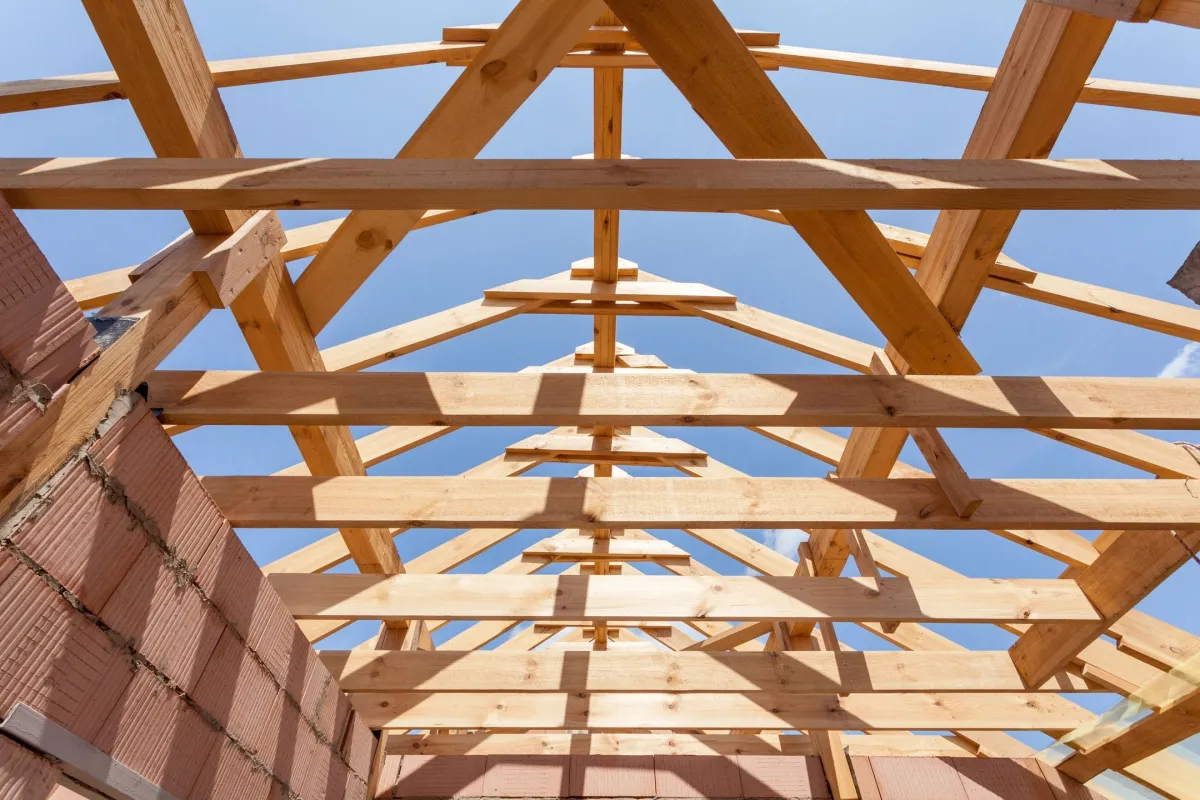Renovating an older home can be a deeply rewarding endeavor, offering the chance to breathe new life into a historic property while preserving its unique character. However, along with the charm of older homes often come significant challenges, particularly in the realm of framing. Understanding these challenges and implementing effective solutions is crucial for a successful renovation project that enhances both the structural integrity and aesthetic appeal of the home.
Challenges of Older Homes
Older homes, typically constructed several decades or even centuries ago, present distinct framing challenges compared to modern constructions. These challenges stem from outdated construction methods, aged materials, and the natural wear and tear that comes with time. Common issues include settling foundations, sagging floors, uneven walls and compromised structural stability. These factors necessitate careful assessment and strategic planning before any renovation work begins.
Structural Assessments and Inspections
Before embarking on a renovation journey, it is imperative to conduct comprehensive structural assessments and inspections. This step is crucial in identifying underlying issues that may not be immediately visible but could significantly impact the renovation process and the long-term stability of the home. Engaging a qualified inspector or house framing company with expertise in historical structures can uncover hidden problems such as wood rot, termite damage, or inadequate framing.
Addressing Foundation and Settling Issues
One of the most common challenges in older homes is foundation settling. Over time, the ground beneath the foundation may shift, causing the foundation to sink or become uneven. This settling can lead to various structural issues, including cracked walls, doors that no longer close properly, and uneven floors. To address these issues during a renovation, it may be necessary to stabilize or even lift and level the foundation. Techniques such as underpinning or installing additional piers can help redistribute the weight of the home evenly, ensuring structural integrity throughout the renovation process.
Dealing with Outdated Framing Materials
Many older homes were built using materials that are no longer considered safe or efficient by modern standards. For example, knob and tube wiring, commonly used in early 20th-century homes, poses fire hazards and is inadequate for today’s electrical needs. Similarly, asbestos insulation, once prized for its heat resistance, is now known to pose serious health risks. Deteriorated wood framing, compromised by moisture, pests, or age, may no longer provide adequate structural support. As part of a renovation project, it is essential to identify and replace these outdated materials with safer, more durable alternatives. Upgrading to modern framing materials not only enhances safety but also improves energy efficiency and reduces long-term maintenance costs.
Upgrading to Current Building Codes
Renovating an older home provides an opportunity to bring the structure up to current building codes and safety standards. Building codes evolve over time to incorporate new research, technologies, and safety practices. By upgrading framing techniques and materials, homeowners can ensure that their renovated home meets or exceeds current seismic, fire safety, and energy efficiency requirements. This may involve reinforcing structural elements, improving fire resistance with fire-retardant materials, or enhancing insulation to reduce heating and cooling costs.
Preservation of Architectural Integrity
While modernizing framing techniques is essential for safety and functionality, it is equally important to preserve the architectural integrity and historical character of older homes. These properties often feature unique architectural details, craftsmanship, and design elements that contribute to their charm and historical value. When renovating, homeowners should work closely with skilled craftsmen, architects, and preservationists who understand the nuances of historical construction methods. This collaboration ensures that renovations respect the original design intent while incorporating necessary structural upgrades seamlessly.
Hiring a Professional Residential framing specialist
Navigating the complexities of renovating an older home requires specialized knowledge and skills, particularly when it comes to framing and structural work. A reputable residential framing specialist with experience in historical renovations can provide invaluable expertise and guidance throughout the project. These professionals understand the unique challenges posed by older homes and can offer tailored solutions to address framing issues effectively. From initial assessments to final inspections, partnering with a knowledgeable framing contractor ensures that renovations are conducted safely, efficiently, and in compliance with all relevant building codes and regulations.
Summary
Renovating an older home involves more than just updating its appearance; it requires careful consideration of framing challenges and thoughtful implementation of solutions that prioritize safety, efficiency, and historical preservation. By conducting thorough structural assessments, addressing foundation settling and outdated materials, upgrading to current building codes, and partnering with experienced professionals like a Residential framing specialist, homeowners can transform aging structures into safe, functional, and aesthetically pleasing homes that honor their historical legacy. With proper planning and expert guidance, every renovation project becomes an opportunity to preserve the past while embracing the future of home living.

